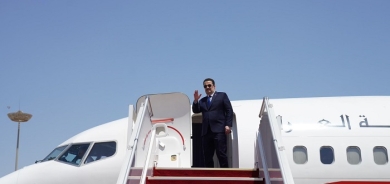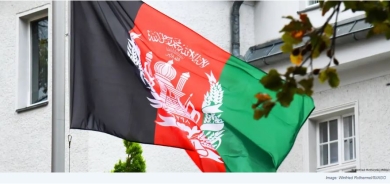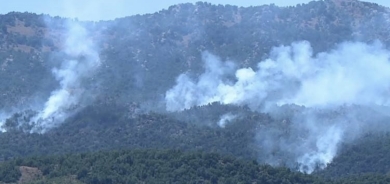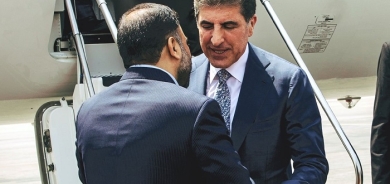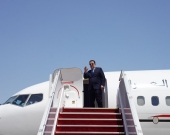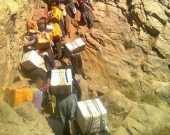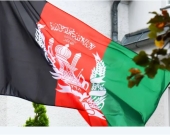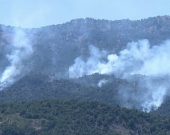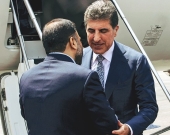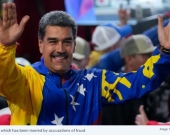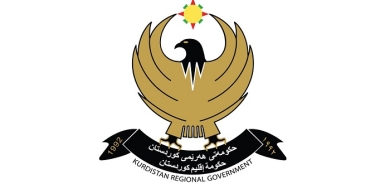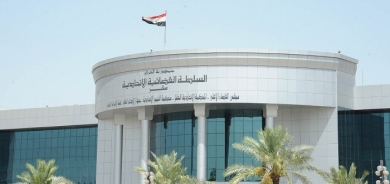CIA Files Prove US Helped Saddam Gas Kurds
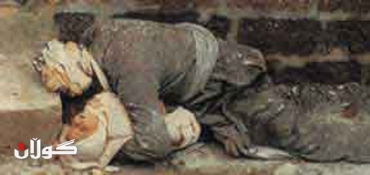
In 1988, during the waning days of Iraq's war with Iran, the United States learned through satellite imagery that Iran was about to gain a major strategic advantage by exploiting a hole in Iraqi defenses. U.S. intelligence officials conveyed the location of the Iranian troops to Iraq, fully aware that Hussein's military would attack with chemical weapons, including sarin, a lethal nerve agent.
The Iraqis used mustard gas and sarin prior to four major offensives in early 1988 that relied on U.S. satellite imagery, maps, and other intelligence. These attacks helped to tilt the war in Iraq's favor and bring Iran to the negotiating table, and they ensured that the Reagan administration's long-standing policy of securing an Iraqi victory would succeed.
"The Iraqis never told us that they intended to use nerve gas. They didn't have to. We already knew," retired Air Force Col. Rick Francona told Foreign Policy.
The Halabja poison gas attack also known as Halabja massacre or Bloody Friday was also a genocidal massacre against the Kurdish people that took place on March 16, 1988, during the closing days of the Iran–Iraq War, when chemical weapons were used by the Iraqi government forces in the Kurdish town of Halabja in Southern Kurdistan.
The attack killed 5,000 people, and injured around 7,000 to 10,000 more, most of them civilians. Thousands more died of complications, diseases, and birth defects in the years after the attack. The incident, which has been officially defined as an act of genocide against the Kurdish people in Iraq, was and still remains the largest chemical weapons attack directed against a civilian-populated area in history.
The U.S. government may be considering military action in response to chemical strikes near Damascus. But a generation ago, America's military and intelligence communities knew about and did nothing to stop a series of nerve gas attacks far more devastating than anything Syria has seen, Foreign Policy has learned.

